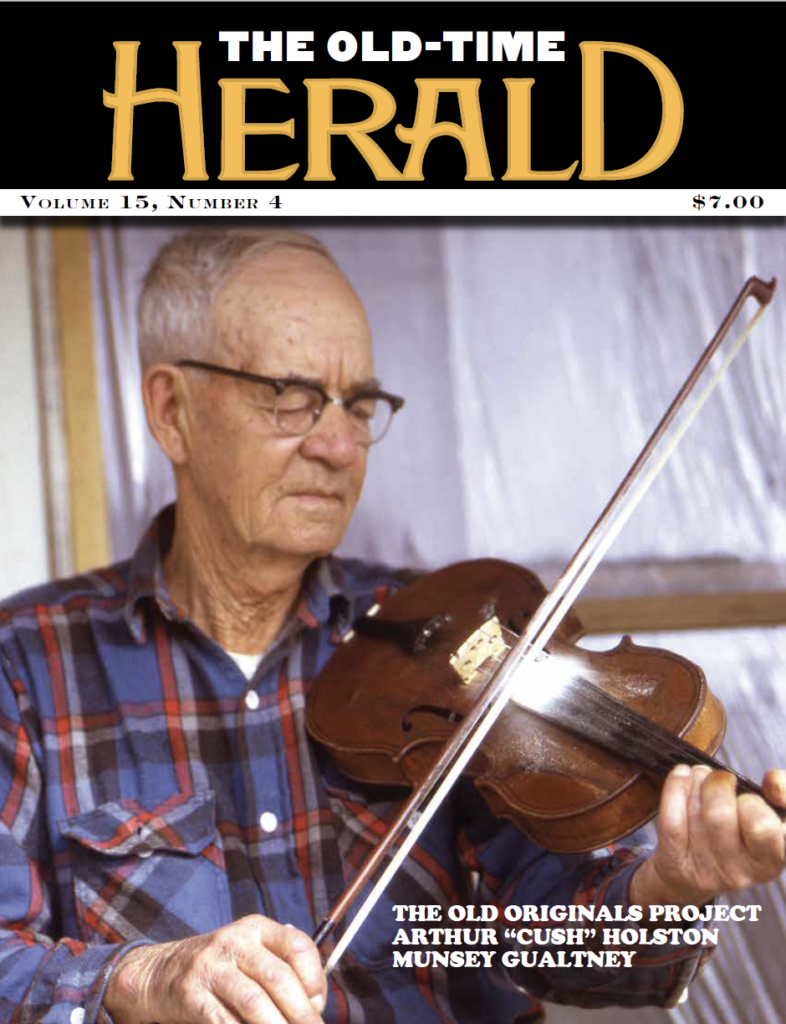The Association for Recorded Sound Collections (ARSC) has released its first-ever album, presenting an international collection of pre-1923 recordings. Some of the material has not been available since it was first released, while other tracks are represented with better sound quality than ever before. The CD is paired with a special Winter 2021 issue of the ARSC Journal, which focuses on US public domain and contains detailed essays on each of the 27 tracks, as well as color images of rare labels and other documents from the pre-1923 era.
The ARSC Journal is a semi-annual, peer-reviewed publication that serves to document the history of sound recording and includes original articles on different aspects of research and preservation. This special issue (Vol. 52, No. 3) includes essays on US copyright and the 20-year fight that the ARSC was involved in to enact reforms in the law, culminating in the Music Modernization Act of 2018, which became effective on January 1, 2022.
While a majority of the tracks on the CD originated from the United States, others come from all over the world, including London, Berlin, Havana, Mexico City, Tokyo, and many other places, representing a broad swath of cultures and traditions. The album features a variety of recordings, including comedy sketches, solo piano, orchestral pieces, jazz bands, opera, gospel, a music box disc, a recording of an auction caller, and a wide variety of folk music from India, Romania, the Greek diaspora, Korea, and beyond.
Some standouts are a balalaika orchestra playing the American ragtime standard “Temptation Rag,” from 1911, Cuban band Orquesta Felipe B. Valdés playing “La carne líquida” from 1907, English zither banjo player Olly Oakley playing “Wallaby Polka” from 1902, Stroh violinist Charles D’Alamaine playing “Donkey and Driver” from 1904, Takis Zakas playing the Greek bridal wedding dance “Horos Nifiatikos” from 1920, Korean musician Song Man-Gap shouting “Sipjang-ga” (“The Song of Ten Lashes”) with drum accompaniment from 1913, and Dabney’s Band playing “Slidin’ Sid” from 1918.
Notice how I haven’t mentioned any old-time music yet? There’s not much here to speak of. There’s mandolin player Samuel Siegel playing “The Boston Ideal,” a march that sounds old-time adjacent. And then there’s the U.S.A. Ambulance Service and Italian Army bands playing a “Hokum” medley that includes a couple snippets of “Turkey in the Straw.” That’s it.
The earliest recording represented on the CD is A.H. Knoll & Marie McNeil playing “McNeil’s Schottische” on cornets with piano accompaniment from 1899. The quality of the sound transfers is exceptional throughout. The recordings are clear and vibrant.
The “Notes on the CD” section of the journal is 64 pages, with details about the artists (or actors in some cases), the recording date and location, a short essay, and photos. The essay “A Bus Ride in Cleveland: ARSC’s Twenty-Year Fight for Copyright Reform,” by Tim Brooks, provides context for the aforementioned changes to public domain laws. “Copyright and Fair Use: On Rights Management in Anthropological and Linguistic Sound Collections,” by Hugh J. Paterson III, presents a variety methods of applying and adhering to the laws. “The Acoustic Recording Era in Living Color!” presents a collection of photographs of wax cylinders, 78 rpm record labels, and posters from the early 1900s.
If you are hoping for a bunch of early old-time recordings, this is not the album for you. However, this CD and journal are ideal for those with a strong interest in the early days of the recording industry and broad tastes in music. The accompanying ARSC Journal provides excellent context for the recordings, as well as scholarly essays regarding copyright reform, public domain, and fair use.

Leave a Reply